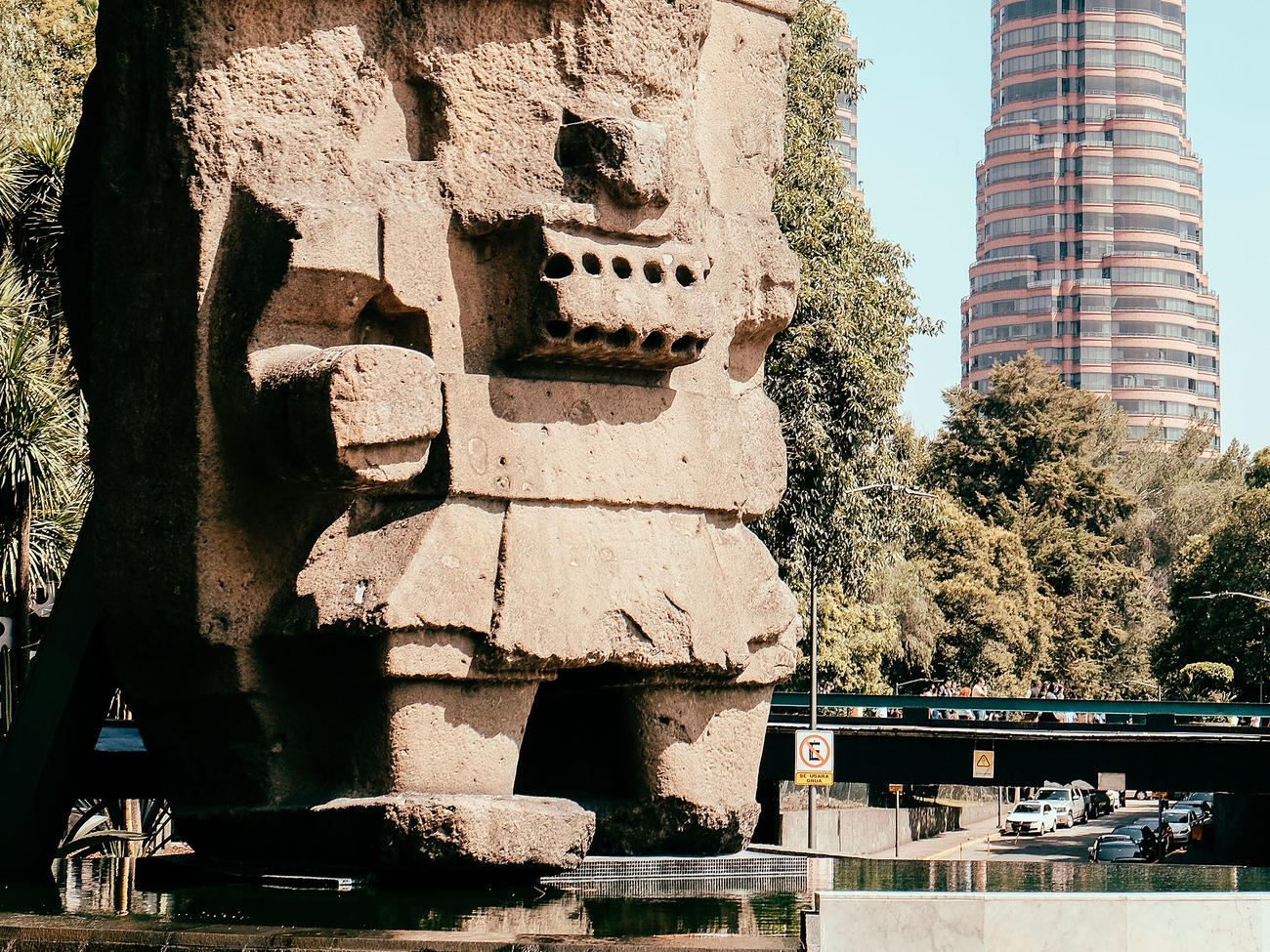
Old World Meets New Era in Mexico City
North America’s largest metropolis is cooler, cheaper, and crazier than ever. Get ready to be amazed

Thomas J. Story
We’re somewhere on the outer flanks of Mexico City’s busiest market when Arturo Anzaldo asks me the question: “How do you feel about bees?”
It’s after breakfast and the air is thick and gauzy with the smell of cooked meat. Arturo walks a little ahead of us, trim and alert, a small messenger bag pressed to his waist. Vendors shout out from behind their stalls—“¡Pásele, güero!” (Come here, white person!) “¿Qué te damos, joven?” (What can we give you, young man?)
Even by Mexico City standards, Mercado de la Merced is bewildering. To enter it, you wander through a chaotic street bazaar that stretches for blocks in every direction. The market itself spans the length of four football fields near the Centro Histórico, and is broken up into mini neighborhoods: the produce neighborhood, the cheese neighborhood, the neighborhood that sells nothing but fake flowers. In its heyday, Merced disgorged hundreds of tons of food daily, and though the Walmarts and Sanborns have since muscled in, it still remains the largest single retail market in Mexico City. Which is another way of saying it’s one of the biggest in the world.
Thomas J. Story
Museo Tamayo
Oaxaca-born artist Rufino Tamayo had this cement block of a museum built in Bosque de Chapultepec to showcase his personal collection of contemporary art, including his own work, which he donated to the people of Mexico. Polanco; Paseo de la Reforma 51; museotamayo.org.
Thomas J. Story
Limosneros
Named for the 400-year-old walls originally built from donated stone, this upscale spot is evidence of the Centro’s revival. Contemporary dishes include inky hibiscus-stuffed flautas and poached pears with bone marrow and housemade granola. Centro Histórico; Av. Ignacio Allende 3; limosneros.com.mx.
Thomas J. Story
Palacio Postal
Another product of belle epoque extravagance, the central post office, in elaborate Italianate style, features what is easily Mexico’s most opulent staircase. Climb this marble and bronze monster with its motif-laden balustrades, then live out your most glorious Cagney-esque fantasies on the way down. Centro Histórico; C. Tacuba 1; palaciopostal.gob.mx.
